Technology is developing rapidly in the era of the 4.0 Industrial Revolution, helping the press have more tools to work and perform its information function, while also posing fierce competitive pressures with social media. To stand firm and affirm its value in the new context, in addition to constantly innovating in both thinking and implementation methods, it is important that press agencies promote their strengths, which are information quality, accuracy, scientific nature, humanity and social responsibility.
The series of 2 articles "Journalism in the era of technology 4.0" will clarify the opportunities and challenges of journalism today as well as how the world press adapts to changes in the digital age.
In the era of big data, the press cannot ignore machine learning algorithms to increase information efficiency. Illustration: New York Times
Lesson 1 - "Test" from the digital transformation wave
With the emergence of artificial intelligence (AI) in the media industry, especially generative AI, journalism is entering a new phase of digital transformation, affecting all aspects from content to branding, ethics, business and work habits. It can be said that modern technology and the development direction of journalism as well as digital platforms today are a big "test" for journalists and press managers, posing two major challenges - applying digital transformation to compete with competitors, retain readers and the problem of fake news.
The rapid development of AI technology, especially generative AI, has brought journalism into a completely new era. Journalism is about to witness a race to master AI algorithms and tools capable of generating content. CEO of media group Axel Springer SE, German journalist Mathias Doepfner, said that chatbots like ChatGPT are a "revolution" for the journalism industry. Director of the Journalism AI project at the London School of Economics , Charlie Beckett, affirmed: "There is no doubt that generative AI is a game changer and will have a huge impact on both journalists and readers." He also expressed his belief that generative AI will impact the journalism industry similar to the first wave of digital transformation, emphasizing "the need to leverage this technology to benefit the work of journalists".
In fact, AI-generated news has many potential benefits for journalists and media companies. AI can generate news quickly and efficiently, which is especially important in “breaking news” situations. AI can automate some of the work of traditional journalists, such as data analysis and fact-checking, thereby freeing up journalists to focus on other important tasks such as interviewing or writing analysis. AI-generated news can be produced at a lower cost than traditional news content because it requires less time and resources. This can be especially important for smaller media companies or those operating on tight budgets. With AI, news content can be quickly translated into multiple languages and for multiple platforms, helping media companies reach new audiences and expand their global footprint. Furthermore, AI can analyze user behavior and preferences to deliver targeted and optimized advertising, increasing newspaper revenue. Overall, AI-generated news can help streamline the news creation process while improving the quality and speed of news content. While it may not replace human journalists, it can be a powerful tool to support their work and make journalism more efficient.
As digitalization continues to take off, readers’ reading habits in the digital age are also changing dramatically. A recent report by the Reuters Institute for the Study of Journalism at the University of Oxford found that young people are increasingly opting to read news via social media instead of traditional forms of information. According to the report, the proportion of people globally who read news via websites or apps has dropped by 10 percentage points since 2018, and younger groups are more likely to read news via social media, search engines, or news aggregators on mobile devices. TikTok is the fastest growing social network and is used by 20% of users aged 18-24 to read news. According to Rasmus Nielsen, director of the Reuters Institute for the Study of Journalism, it is difficult to expect the generation born after 2000 to be interested in old-fashioned websites, or news on radio and newspapers, because these media have simply become outdated. Even in Japan, where the majority of the elderly population still prefers to read traditional newspapers, the number of newspaper readers and television viewers is gradually decreasing over time, requiring Japanese press units to accelerate digital transformation to adapt to the new era.
In the face of changes in many aspects of the journalism field, Mr. Alex Connock, author of "Media Management and Artificial Intelligence", affirmed that mastering AI tools or not will be the deciding factor for the success or failure of media companies in the coming years. However, this is also the premise for the second threat to modern journalism - the problem of fake news.
OpenAI and ChatGPT logos. Illustration photo: AFP/TTXVN
Canada’s leading AI researcher, Yoshua Bengio, warns that some AI systems like ChatGPT have evolved and can surpass humans in online communication, posing many risks of amplifying and transmitting misinformation, especially when technologies like deepfake – using AI to simulate faces, are abused to spread false information. The way AI applications like ChatGPT collect and process data can also pose risks in terms of copyright, privacy rights, etc.
The rise of AI with applications such as chatbots, image generation, voice cloning, etc. has raised concerns about the spread of fake news in all forms of information. This requires media companies, press agencies and managers to coordinate to unify their behavior. While AI can generate news content quickly and effectively, it is important to ensure that the content is accurate and accountable. This requires human oversight and fact-checking. In addition, media companies must be transparent about their use of AI-generated news. The public should be informed about the use of this technology and how it may affect the quality and reliability of news content. That way, they can ensure that the news content they produce is trustworthy, accurate and reliable. UN Secretary-General Antonio Guterres recently proposed an international code of conduct to combat fake news, and supported proposals to establish an international AI oversight body similar to the International Atomic Energy Agency (IAEA) in the nuclear field. According to Mr. Guterres, the alarm bells about AI have been sounded, and the world needs to take those warnings seriously.
Associate Professor, Dr. Do Thi Thu Hang - Head of the Professional Department of the Vietnam Journalists Association affirmed: "The more technology develops, the greater the opportunities it creates for the press, but the challenges for the press are much greater. Because if journalists do not quickly grasp modern technology, cannot overcome the limitations, challenges, threats to traditional security, as well as problems related to fake news, it can be said that it is difficult to better undertake the function of directing public opinion of the press".
Journalists and media managers need to be quick to embrace the power of AI, while being prepared to take drastic measures to prevent any negative impacts that may come with it. It is important to address the ethical and social implications, while ensuring that AI-generated content is accurate, trustworthy, and in line with journalistic standards. The combination of AI and human oversight can create a robust and efficient news production process that benefits both journalists and readers.
Final Lesson: Adapting to Accompany the Public
Source: VNA
Source link



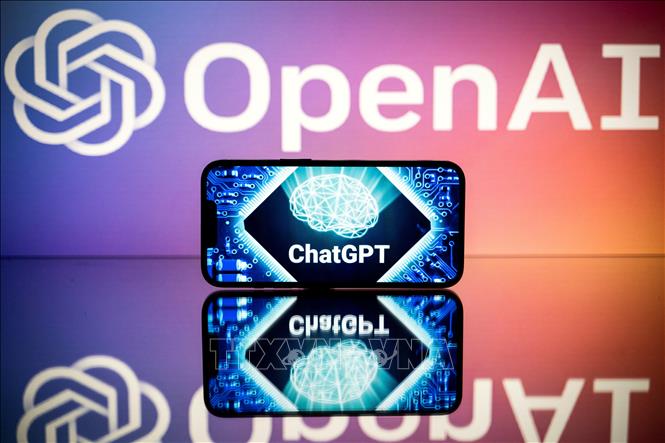
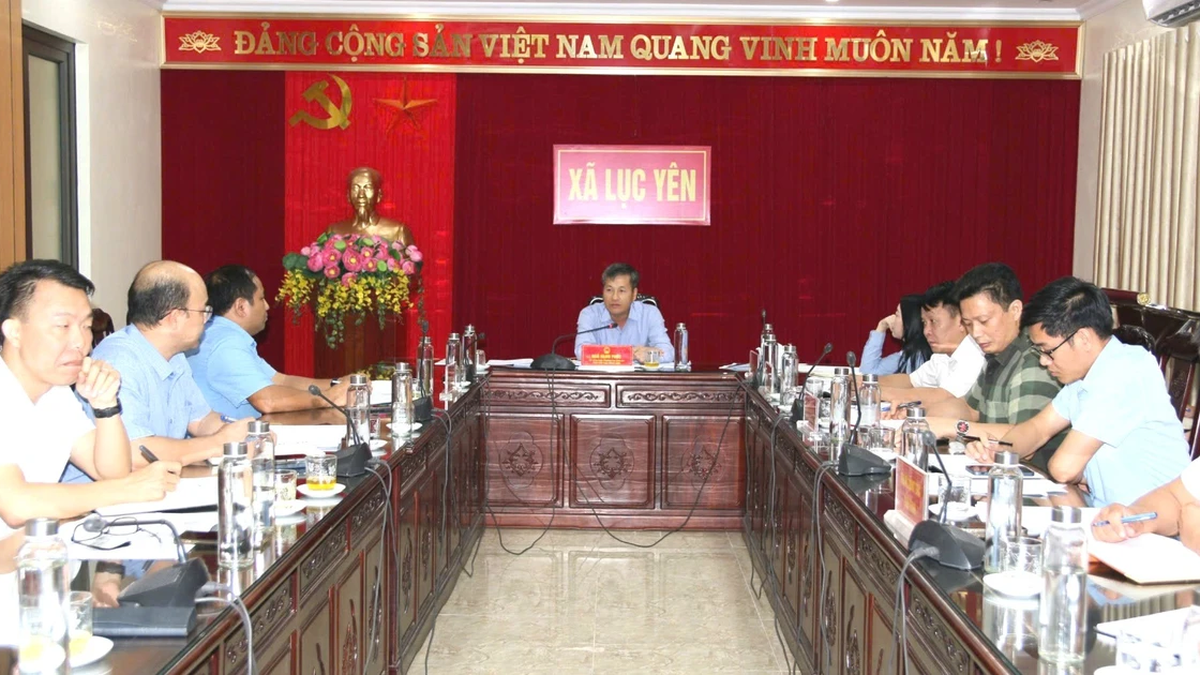



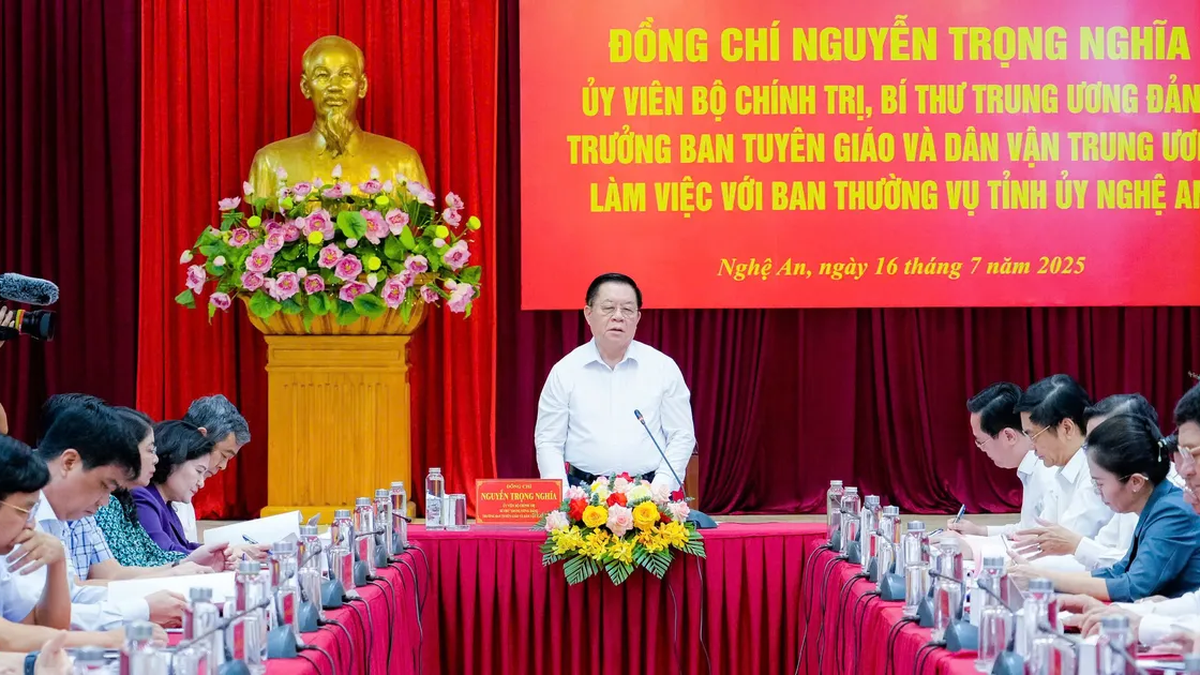


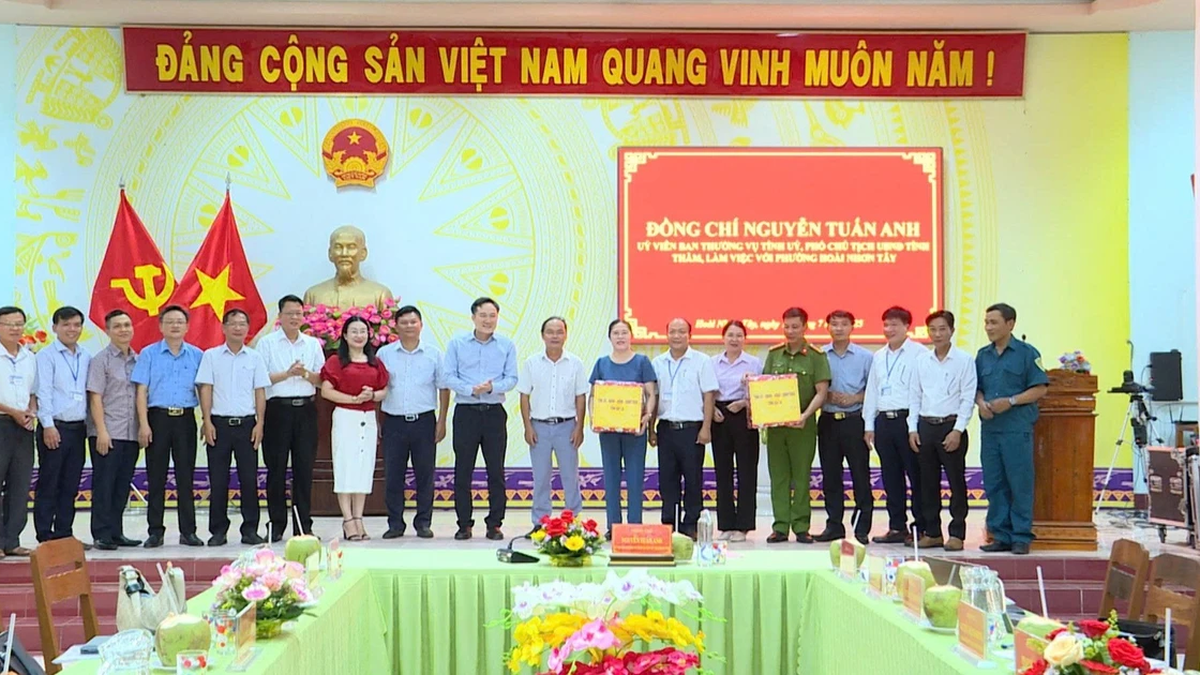
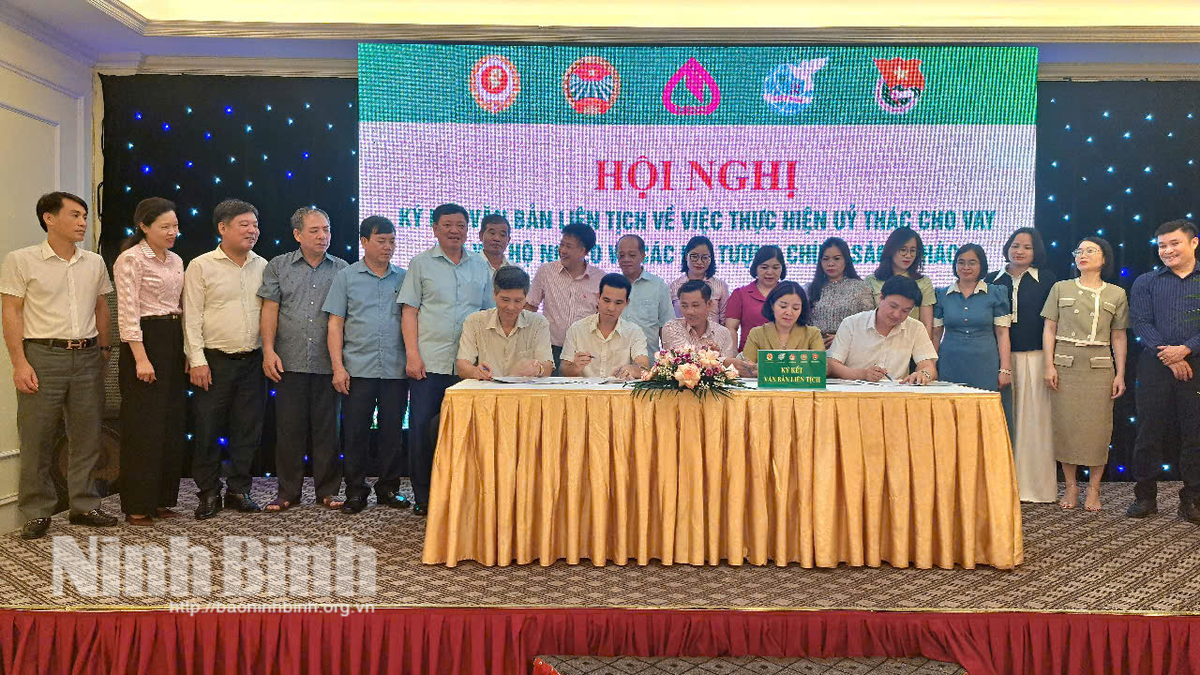
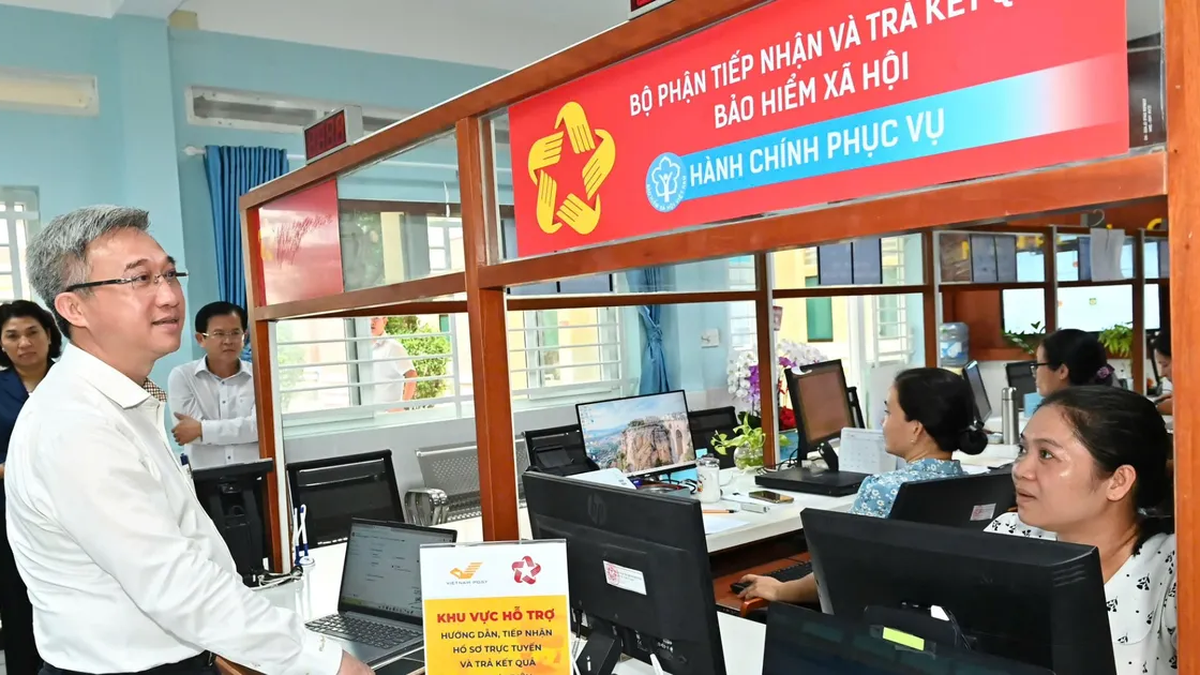








































![[Maritime News] More than 80% of global container shipping capacity is in the hands of MSC and major shipping alliances](https://vphoto.vietnam.vn/thumb/402x226/vietnam/resource/IMAGE/2025/7/16/6b4d586c984b4cbf8c5680352b9eaeb0)




















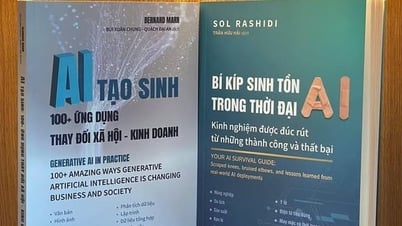
























Comment (0)